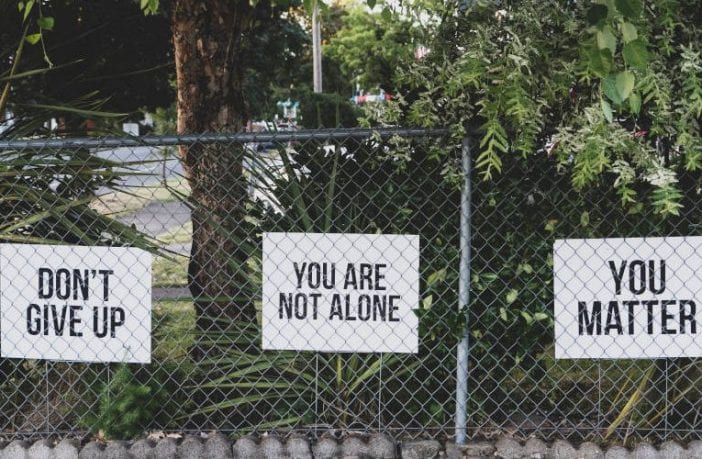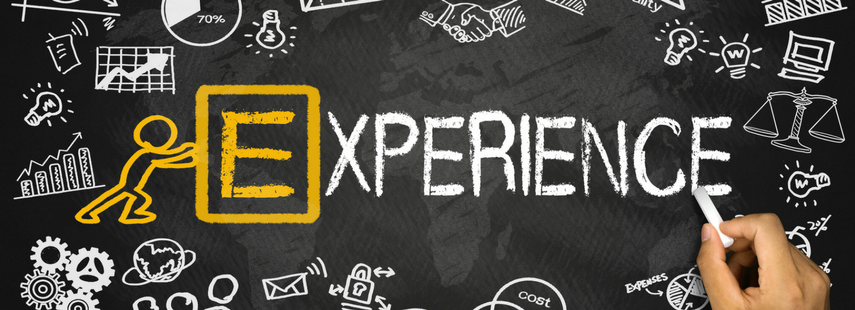
United airlines culture problem
I am often asked what organizational culture is. Frequently, I meet with executives who are feeling defeated by the scale and complexity of leading cultural transformations.
So, where do you begin with cultural transformation? How do you take an aspirational concept and turn it into business practice?
There is a way. It is called customer experience and culture design. And it matters.
Since we have been talking about United Airlines and a friend of mine just had a bad experience with the airline, we are using them for our case study today. With that said, what we describe today is valid for every industry and every brand.
The Story
A family of 6 booked their vacation on United, a direct flight from New York City to Chicago. After the United canceled the original flight, the airline rebooked them on a connecting flight through Washington, DC. When they flew that trip, they missed their connection in DC and had to stay overnight.
United did not offer support for food or accommodations. To sum up, the United Airlines customers were having a pretty bad experience.
On the surface, this could happen with any airline. In fact, this story is not unusual to the airline professional reading it. We operate in busy skies. That, combined with the complexity of managing flight schedules at a large scale, leads to circumstances like this that can ruin customer experiences.
Technology is Half (or even less than half) the Answer
We know the problem is not technology. We have so many capabilities today. With the growth of AI we have predictive algorithms that can optimize most systems. We also know that this June, United announced a new tool that prevents this precise scenario from happening.
The airline launched the internal employee tool ConnectionSaver. This tool helps gate agents make the right judgement calls and wait for connecting passengers. In other words, United Airlines created the right tool. But people were still stranded. They still have bad customer experience.
Culture is the Answer
So the question is, what is the internal culture of the organization. And why did it fail to deliver the experiences customers were told to expect?
Employees act on behalf of the customers when they are given tools to do so. For example, JetBlue Airways had the program called BlueHero. It allowed crewmembers to do the right thing by the customer even when we did not have a policy or procedure in place for that specific scenario.
JetBlue also invested in hospitality training for all crewmembers and leaders. The training covered in-depth hospitality standards that employees were expected to apply in the field. Last, but not least, we had a reward system. The reward system awarded monetary and non monetary awards for living the brand culture values.
All these financial and leadership investments created a safety net for the airport employees to make judgement calls without fear. A judgement call to hold the door one or five extra minutes for the connecting customers on the last flight of the day. To give a family food vouchers. Or to cover a hotel, even though the policy does not cover that specific scenario. That is how empowered employees deliver better experiences every day.
The Takeaway
None of this is easy. Especially in the airline industry. Disruption management is a real challenge for airlines and there is no silver bullet.
When people do get stranded, create an experience for your employees and customers. Yes, it’s an expense. But pick your poison. Either wait and invest in PR later when another fiasco goes viral. Or build the right culture and condition your customers to forgive you. Because they know you really tried to do the right thing.






Responses